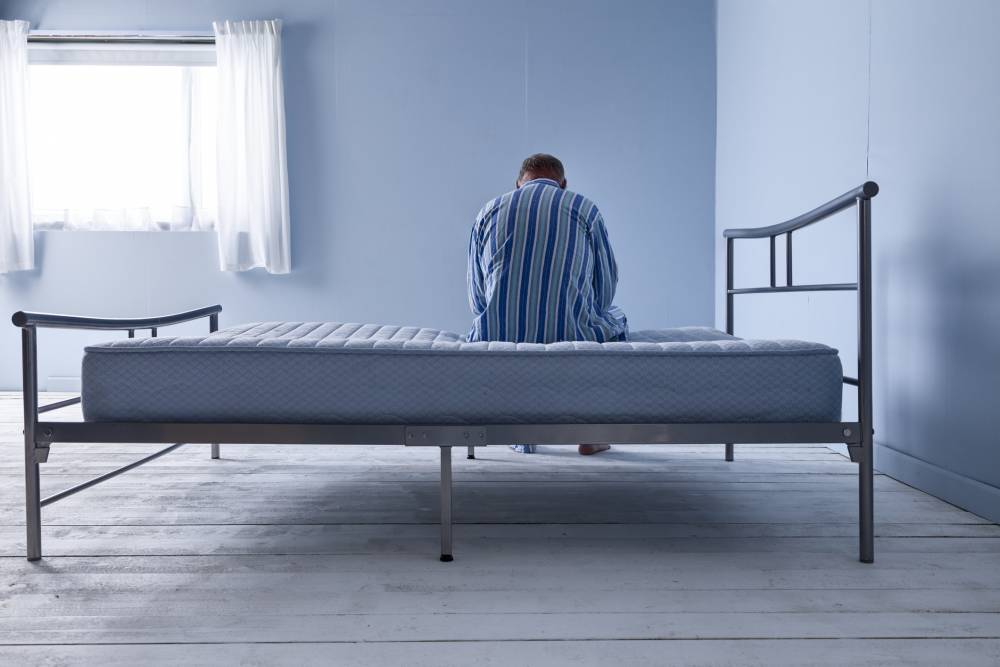
Two former prison inmates have been moved to a Sydney nursing home.
The men, who are both living with advanced dementia, have been at the Garrawarra Centre in Sydney’s Waterfall “for some time without any serious incident”, according to a spokesperson for South Eastern Sydney Local Health District.
The patients are “low risk, particularly in light of their advanced condition”, an assessment by the Forensic, Mental Health, NSW Civil and Administrative Tribunal found.
The facility is government owned, and is “contained and secured”. Residents remain closely monitored.
“Forensics continue to monitor these residents whilst they are at the Garrawarra Centre, with regular reporting required.
“In the unlikely event their risk assessment changes, they would be returned to the Forensic system,” the SESLHD spokesperson said.
It has been widely reported in the media that one of the men was Michael Goodridge, who was sentenced to 18 years in jail after murdering his carer in 2009. He was 55 years old at the time he committed the crime.
The other man was Do Hyun Chong, who beat a co-worker to death in 2009. Mr Chong was 70 years old when the crime occurred. He was sentenced to a minimum of 15 years in jail.
The families of the two men’s victims, as well as other residents at Garrawarra, are shocked and upset, according to 7news.
Long Bay Correctional Facility has a dedicated unit for aged and frail residents, begging the question why weren’t the men able to continue living in prison?
Garrawarra Centre is located in a “natural bush setting” in Waterfall, a suburb 43 kilometres from the centre of Sydney, according to the facility’s website. It was purpose-built and has 120 dementia-specific beds.
“High level care is provided for people with a primary diagnosis of dementia who exhibit challenging behaviours and cannot be accommodated in a mainstream nursing home,” the website says.
The facility consists of four purpose-built cottages, each with 20 bedrooms, 10 single and 10 double. Each cottage can house up to 30 residents, and has two lounge rooms, two dining rooms, two courtyards, a kitchenette, and a central garden connecting the buildings.
“The living areas are comfortable,” the website says.
“Our residents are free to move around their cottage as they wish… All cottages have air conditioning for heating and cooling to enhance comfort. All rooms have an ensuite, with each cottage having two master bathrooms.”
All residents at the facility are closely monitored.
“A safe and secure environment is maintained by a discreet electronic system.”
What do you think: should people who have been convicted of serious crimes but who are living with advanced dementia and considered to be no risk, be moved into nursing homes in the community?